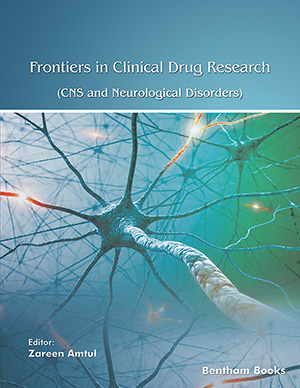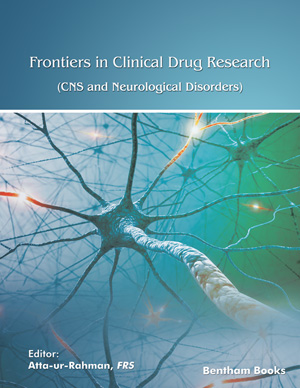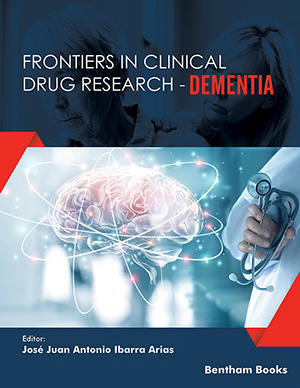Abstract
The mammalian circadian clock in the suprachiasmatic nuclei (SCN) of the hypothalamus conveys 24-hr rhythmicity to sleep-wake cycles, temperature, locomotor activity and virtually all other behavioral and physiological processes. In order for these cycles to be adaptive, they must be synchronized, or entrained, to the 24-hr light/ dark cycle produced by the rotation of the Earth. The timing of circadian variables relative to the light/ dark cycle, i.e., the phase angle of entrainment, is influenced by intrinsic circadian clock properties that are to an extent genetically determined, and thus varies between individuals. In extreme cases (advanced or delayed sleep phase syndrome) or during shift work or jet lag, the phase angle of entrainment may be incompatible with work requirements or other social demands, resulting in negative consequences to health and productivity. This review describes the etiology of circadian disorders within the context of formal circadian clock properties and summarizes studies in humans and in other species which link specific genetic loci to circadian clock function and malfunction. The proteins encoded by these genetic loci play key roles in the intracellular feedback loop that generates circadian rhythms, and thus represent therapeutic targets for the treatment of both endogenous and exogenous circadian disorders.
Keywords: circadian, suprachiasmatic nucleus, clock genes, basic helix-loop-helix, period, cryptochrome, bmal, entrainment
 2
2













